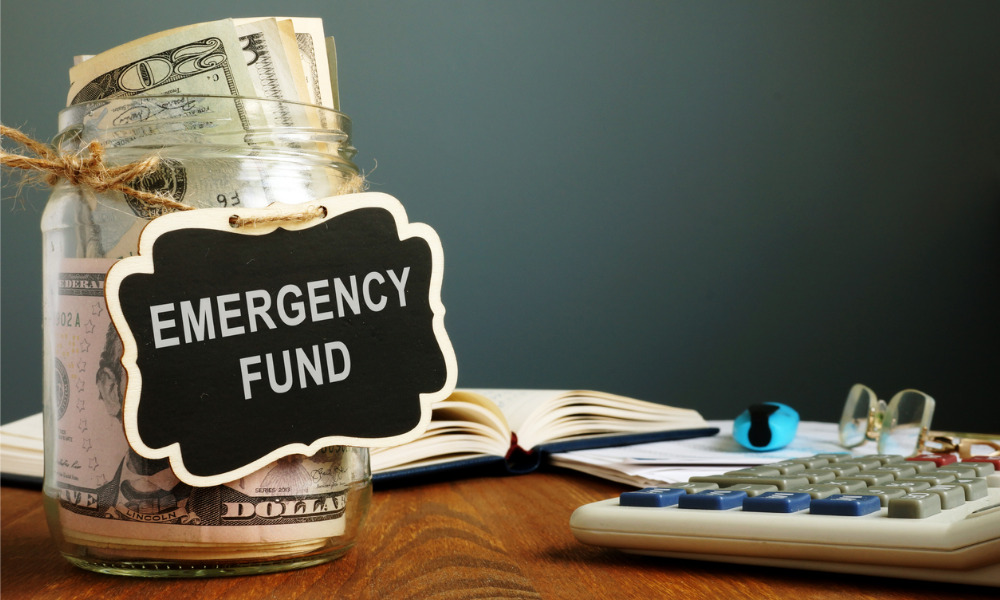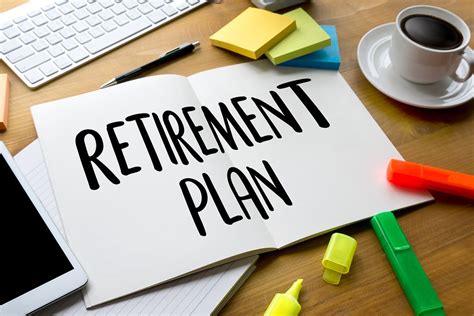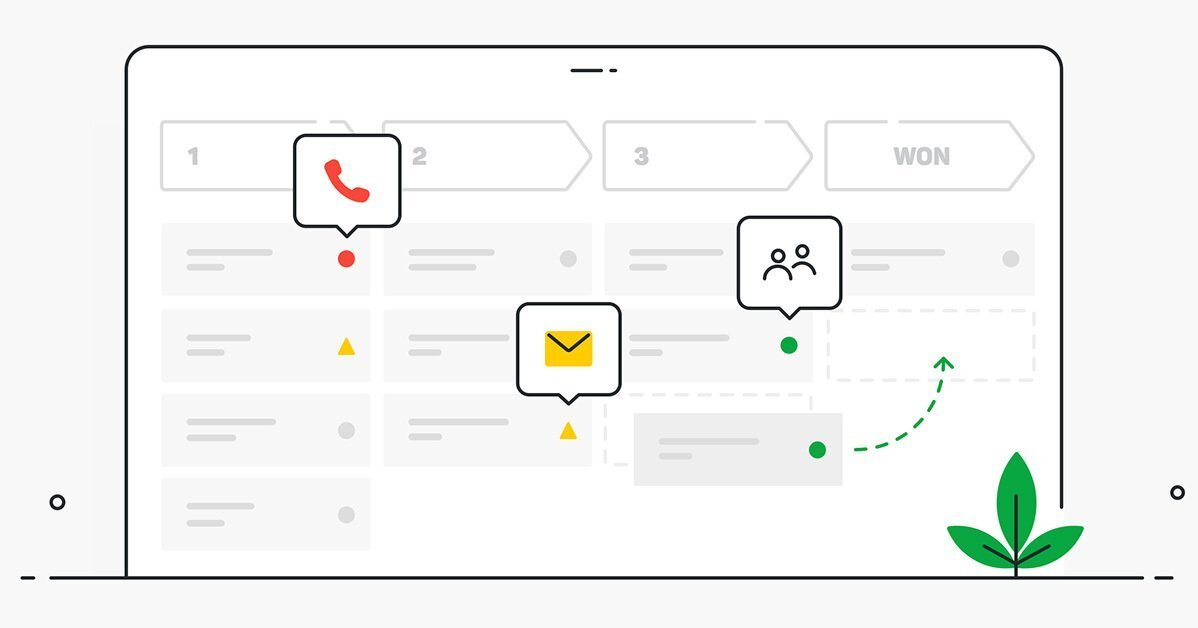
After going through a worldwide pandemic, record high temperatures, and devastating natural disasters over the last few years, it’s safe to say that the world can be an unpredictable place. If there’s one thing we’ve learned throughout these challenging times it’s that you can never be too prepared. Having a financial safety net is critical to ensure your families well-being will be secure even in the event of an emergency.
While it may initially seem difficult to prioritize putting money aside for emergencies amidst your regular financial obligations, an emergency fund is critical for having peace of mind during a crisis. Still not quite convinced you should be putting money away each month? Here are some compelling reasons why an emergency fund could come in handy.
Unexpected Home Repairs
Although there is a considerable amount of financial freedom and independence that comes along with buying your own home, there is also a great deal of responsibility. If a pipe bursts and you need to call a plumber, it’s up to you to pay for the repairs— not a landlord. Rarely are home repairs under $500, and if you don’t have an emergency fund on hand, you could find yourself struggling to pay.
As such, many families let problems persist in their home because they want to avoid paying a hefty fee. However, letting repairs go unfixed can cause even more expensive damage. Timely repairs thanks to an emergency fund won’t just fix the problem, but they’ll also save your family money in the long run.
Car Repairs
For many of us our cars are an essential part of being able to carry out our daily to-dos. From taking kids to school, to getting to work, your car is likely an integral part of your daily life. If your car suddenly needs unexpected repairs, or even breaks down, your emergency fund is there to make sure you can get it fixed as quickly as possible, ensuring you can continue carrying out your daily responsibilities.
Job Loss
If there’s one thing that Covid taught us it’s that nobody’s job is safe during a crisis. Regardless of how secure you think your employment is, you never know what could happen which could lead to sudden job loss. An emergency fund is there to ensure that you can cover your basic living expenses while you focus on finding your source of income. Most financial experts recommend saving at least several months of salary put aside so that you have plenty of cushion available to look for another job in the meantime.
Medical Emergencies
While the United States is great for many things, one area it is not known for is its healthcare. If someone in your family gets injured or sick, your medical expenses may not be fully covered by your insurance. Having the peace of mind knowing that your family will be taken care of if they get sick or injured is important for raising a happy and healthy family.








